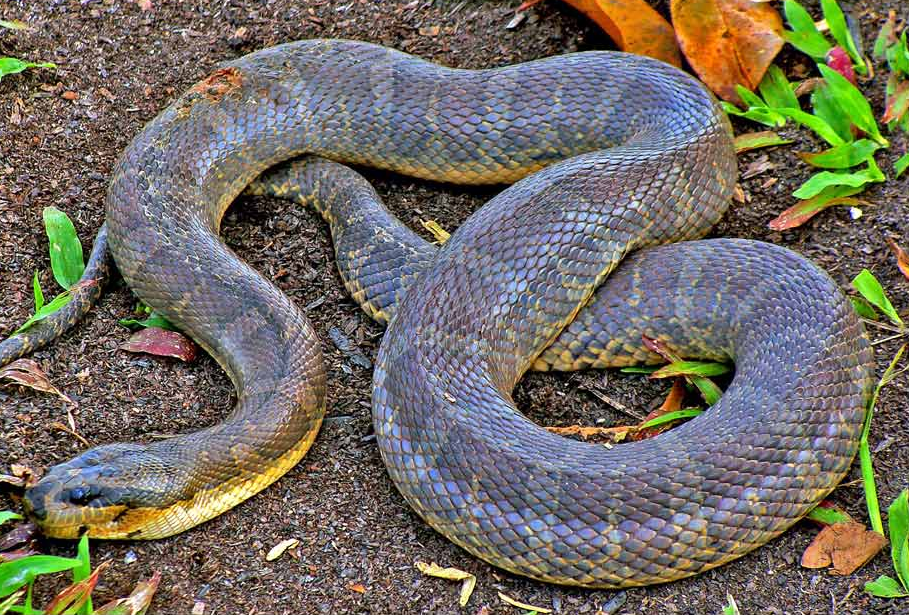Have you ever locked eyes with a snake and noticed it suddenly freezes in place? This peculiar behavior, where serpents become motionless when observed, has fascinated herpetologists and casual observers alike. Far from being a supernatural phenomenon, this response is deeply rooted in evolutionary biology and survival tactics. In this article, we’ll explore the fascinating reasons behind why some snakes appear to “freeze” when they feel they’re being watched, diving into the science of predator-prey relationships, snake psychology, and adaptive behaviors that have helped these remarkable reptiles survive for millions of years.
The Freeze Response: A Fundamental Survival Tactic

When threatened, animals typically respond in one of several ways: fight, flight, freeze, or flop. For many snake species, freezing is a primary defense mechanism that has evolved over millions of years. This immobility isn’t unique to snakes—many prey animals exhibit this behavior when they detect potential predators. By remaining perfectly still, snakes reduce the likelihood of being noticed, as movement is one of the primary visual cues that predators use to detect prey. This evolutionary adaptation is particularly effective against predators that primarily detect motion, such as birds of prey and some mammals. For a snake in the wild, the ability to become virtually invisible through stillness can mean the difference between life and death.
Motion Detection in Predators’ Vision

Many predators that hunt snakes have visual systems highly attuned to detecting movement rather than static objects. Birds of prey like hawks and eagles, for instance, have exceptional motion detection capabilities that allow them to spot small moving animals from great heights. When a snake stops moving, it effectively disappears from the perceptual field of these movement-oriented hunters. This relationship between predator visual systems and prey defensive behaviors represents a classic example of evolutionary arms race. The effectiveness of freezing behavior has been demonstrated repeatedly in studies examining predator-prey interactions, where stationary prey often escape detection even when in plain sight. For snakes, this adaptation is particularly valuable given their elongated body shape, which would otherwise be highly visible when in motion.
Tonic Immobility: The Science Behind Freezing

The freezing behavior observed in snakes is often associated with a phenomenon known as tonic immobility or thanatosis—commonly called “playing dead.” This physiological state involves a temporary paralysis triggered by certain threat stimuli, including the perception of being watched by a potential predator. During tonic immobility, a snake’s muscles become rigid, respiration slows, and it enters a state of reduced responsiveness while remaining fully conscious. Researchers believe this response is mediated by specific neural pathways in the reptilian brain that activate when certain threat thresholds are crossed. Some snake species can maintain this immobile state for remarkably long periods, sometimes hours, until they perceive the threat has passed. Interestingly, the intensity and duration of tonic immobility can vary significantly between individual snakes and species, suggesting genetic components to this behavior.
Ambush Predators and Stillness as a Hunting Strategy

Many snake species are ambush predators, meaning they rely on remaining motionless to hunt successfully. Species like vipers, pythons, and boas have evolved to become masters of stillness, capable of remaining in the same position for days while waiting for prey to come within striking distance. When these snakes detect that they themselves are being observed, the same neural mechanisms that allow them to remain still while hunting can be activated defensively. This dual-purpose adaptation gives ambush predators a significant advantage in both hunting and avoiding being hunted. For these species, freezing when watched isn’t just about avoiding detection—it’s leveraging an existing behavioral adaptation for a secondary defensive purpose. Some of the most effective ambush predators, like the gaboon viper, have additional camouflage adaptations that make their motionless posture nearly impossible to detect against natural backgrounds.
Species-Specific Variations in Freezing Behavior

Not all snake species respond to observation in the same way, with significant variations in freezing behavior observed across different families and genera. Colubrids (like rat snakes and garter snakes) often freeze momentarily before seeking escape, while many vipers may remain perfectly still, relying on their camouflage. Some species, like the hognose snake, combine freezing with elaborate death-feigning behaviors if the initial stillness doesn’t deter the threat. These variations reflect different evolutionary pressures and ecological niches that various snake species occupy. Desert-dwelling species, for instance, may freeze less frequently than forest snakes, as the open terrain provides fewer hiding opportunities, making rapid escape sometimes more advantageous. The study of these behavioral differences provides valuable insights into how environmental factors shape defensive strategies in reptiles.
The Role of Human Perception

Human observers often notice snake freezing behavior more acutely than other animal behaviors because of our own perceptual biases and evolutionary history. Humans have evolved specific neural mechanisms for detecting snakes quickly—what some researchers call a “snake detection theory”—suggesting our ancestors, who could rapidly spot snakes, had survival advantages. This heightened awareness means we’re particularly good at noticing when a snake transitions from movement to stillness. Our own attention to this behavior may actually be amplified by our innate caution around snakes, creating a feedback loop where we pay more attention to snake behavior than we might to other animals. Cultural factors also influence how we interpret snake behavior, with many traditions attributing mystical significance to the serpent’s seeming awareness of being observed.
The Eyes Have It: Direct Gaze as a Threat Signal

For many animals, including snakes, direct eye contact represents a significant threat signal that can trigger defensive behaviors. Predators typically fixate visually on their intended prey before attacking, making eye contact an evolved danger cue for many species. When a human or other potential predator stares directly at a snake, this gaze can be perceived as imminent predatory intent, triggering the freeze response. Studies have shown that even photographs of eyes can elicit defensive responses in some animals, highlighting the powerful effect of gaze in predator-prey dynamics. This sensitivity to being watched explains why approaching a snake from behind may result in different behavioral outcomes than confronting it face-to-face. Some snake handlers use this knowledge strategically, avoiding direct eye contact when working with sensitive species to reduce stress responses.
Thermal Detection and the Observer Effect

Many snake species, particularly pit vipers, possess specialized heat-sensing organs that allow them to detect the body heat of nearby animals, including human observers. These thermal detection abilities mean that snakes may be aware of an observer’s presence even before visual contact is made. When a warm-blooded observer approaches, the snake may detect the heat signature and freeze preemptively as a defensive measure. This thermal awareness adds another dimension to the freezing behavior, as snakes may respond to being “watched” through sensing body heat rather than through visual detection alone. For species with highly developed infrared sensitivity, like rattlesnakes, this thermal detection can work at considerable distances, triggering freezing behaviors before the observer is even visible to the snake. Research using thermal imaging has demonstrated that some snakes can detect temperature differences as small as 0.001°C, making their heat detection capabilities remarkably precise.
Freezing Versus Fleeing: A Strategic Decision
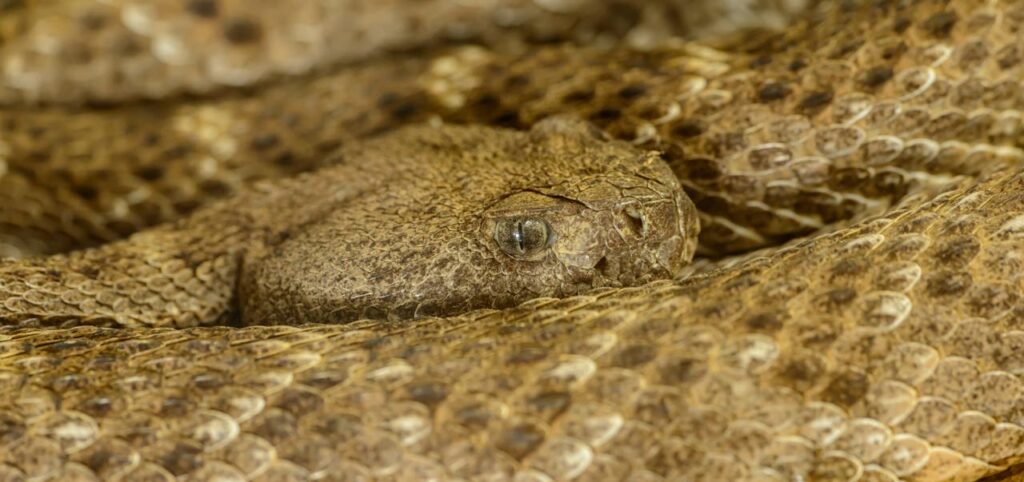
The decision to freeze rather than flee represents a complex risk assessment that snakes make based on multiple environmental and situational factors. Distance from the observer, availability of escape routes, the snake’s energy levels, and even its body temperature can all influence whether freezing or fleeing is the optimal strategy. For a snake that’s far from shelter, freezing may be the safer option, while a snake near a burrow might choose to flee quickly to safety. These decisions appear to follow predictable patterns that maximize survival probability based on immediate circumstances. Some species have developed specific thresholds for switching from freezing to fleeing—remaining still until the observer approaches within a certain distance, then making a rapid escape attempt. This behavioral flexibility highlights the sophisticated decision-making capabilities of reptiles often underestimated by casual observers.
Lessons from Captive Snakes

Captive snakes often display different freezing responses than their wild counterparts, providing valuable insights into the learned versus innate aspects of this behavior. Snakes raised in captivity from birth may show reduced freezing responses, suggesting that while the behavior has genetic components, it’s also influenced by experience and environmental conditioning. Studies comparing wild-caught and captive-bred individuals of the same species have shown significant differences in their reactions to being observed by humans. These differences highlight the plasticity of snake behavior and how defensive responses can change based on repeated exposure to humans who don’t represent actual threats. Some captive snakes eventually habituate to human observation entirely, while others maintain their freezing response throughout their lives, pointing to individual variation in behavioral adaptability.
Physiological Changes During Freezing
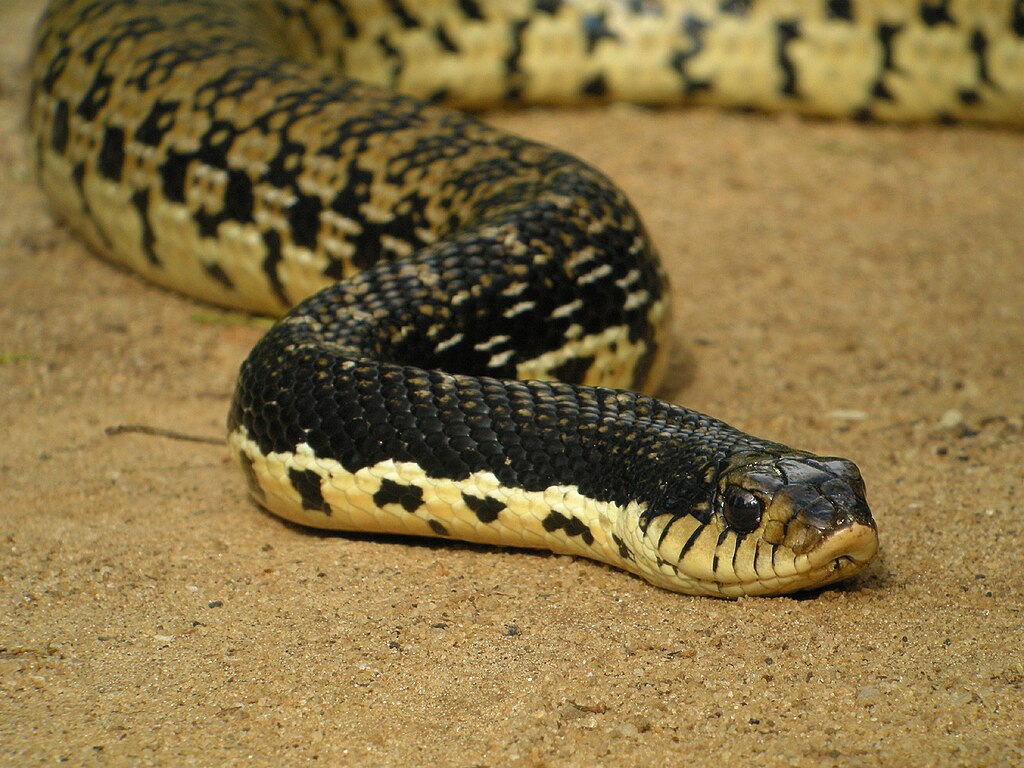
When a snake freezes in response to being watched, it undergoes several measurable physiological changes beyond simple immobility. Heart rate typically increases initially as part of the stress response, followed by a decrease if the freeze state persists. Respiration patterns change, with many snakes taking shallower, less noticeable breaths to minimize detectable movement. Stress hormones like corticosterone are released into the bloodstream, preparing the snake for potential fight-or-flight responses if freezing proves ineffective. These physiological changes demonstrate that freezing is not merely the absence of movement but an active defensive state requiring significant physiological regulation. Advanced studies using non-invasive monitoring techniques have revealed that some snake species can maintain these altered physiological states for extended periods without negative health consequences, showing remarkable adaptation to prolonged stress situations.
Conservation Implications and Human Interactions
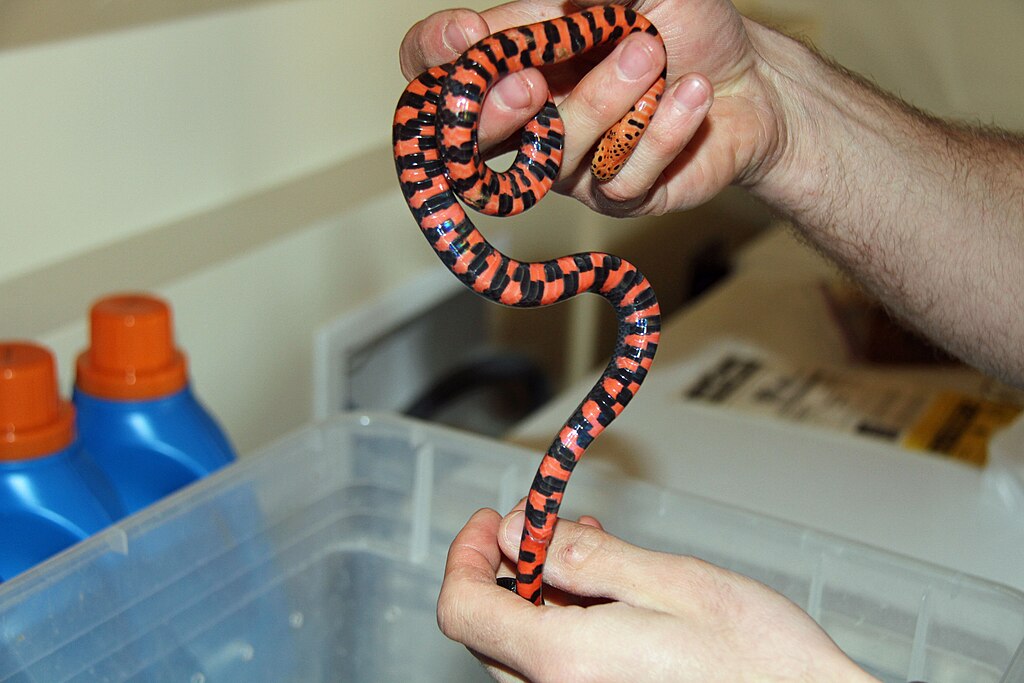
Understanding why snakes freeze when watched has important implications for conservation efforts and human-snake interactions. Knowledge of this behavior can help field researchers develop less intrusive observation techniques that minimize stress to wild snake populations during studies. For hikers and outdoor enthusiasts, recognizing freezing behavior as a defensive rather than aggressive response can lead to more appropriate reactions during snake encounters. Conservation education programs increasingly incorporate information about snake defensive behaviors to reduce unnecessary killing of snakes encountered in the wild. By appreciating the sophisticated behavioral adaptations that snakes have evolved, humans can develop greater respect for these often misunderstood reptiles and promote their conservation in natural habitats.
Conclusion
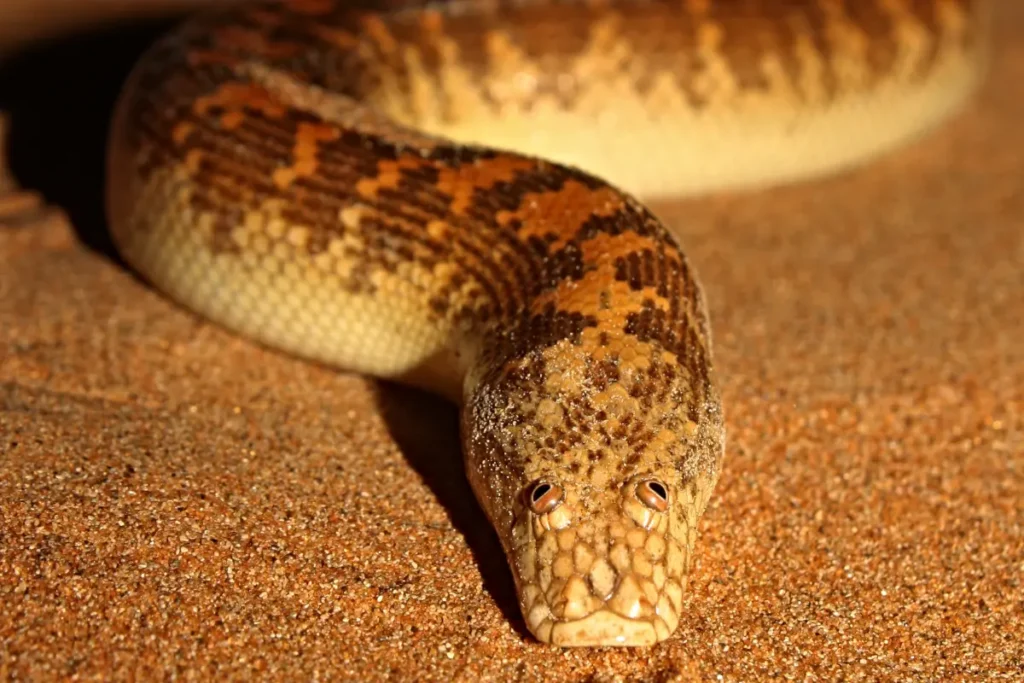
The tendency of snakes to stop moving when watched represents a fascinating example of evolutionary adaptation shaped by millions of years of predator-prey dynamics. Far from being simple creatures, snakes demonstrate complex decision-making processes when they assess threats and select appropriate defensive strategies. By freezing when observed, snakes leverage their camouflage, exploit the motion-detection limitations of predators, and maximize their chances of survival. This behavior, varying across species and situations, showcases the remarkable adaptability that has allowed snakes to thrive in diverse ecosystems worldwide. As we continue to study these intriguing reptiles, we gain not only scientific knowledge but also a deeper appreciation for the sophisticated survival strategies that unfold in the natural world, often hidden in plain sight.

